
The anticipation of the herds is unbearable… Roughly 400,000 zebras and 1.5 million wildebeest are currently on their way to the Triangle. While we wait patiently for the landscape to be painted with animals we have been able to take note of some of the more subtle creatures in the Mara that are here year-round.
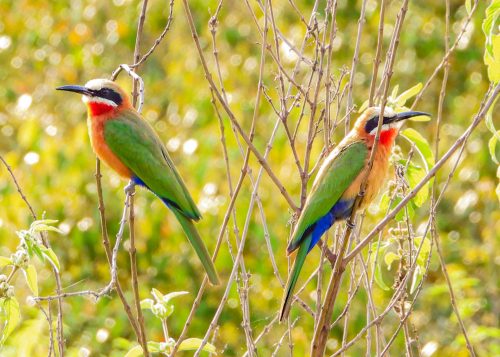


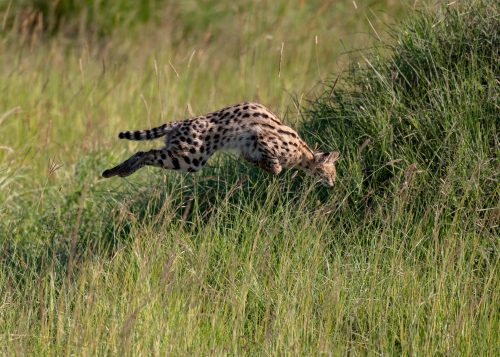
In addition to the first groupings of wildebeest that have arrived here in Kenya at the Sand River are a few solo wildebeest known as “scouts”. They are the pioneers that come early to inspect the location and somehow let the rest know that there is an abundance of food waiting for them.


Looking at the vast landscape allows one to ponder the fragile balance of wildlife and humans, something that has been countless generations in the making. Millions of years ago two tectonic plates split and created the Great Rift Valley. The Ololoolo escarpment is part of this, which spans thousands of kilometres through Tanzania and as far as Botswana. So many species call this place home. Between vegetation and wildlife, the Mara Triangle boasts one of the most versatile and diverse areas in the world.
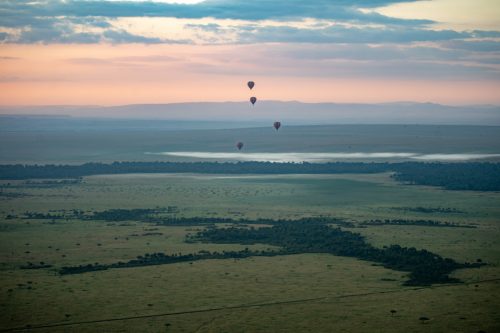
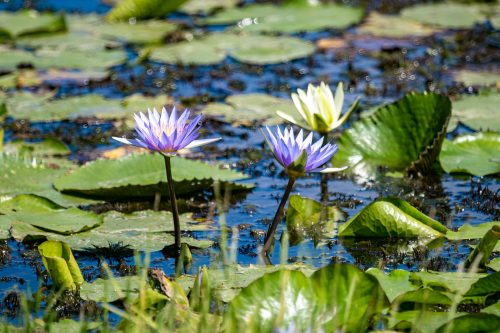
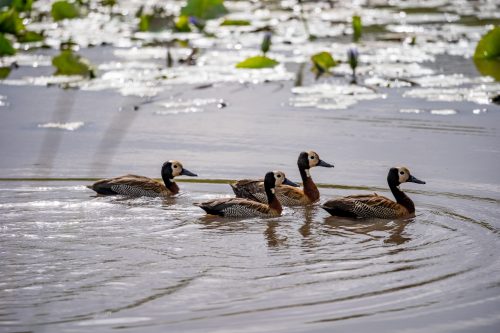
This week, Wilson, one of Angama's guides, caught something unusual as he and his guests were driving through the Mara. He first noticed a herd of buffalo chasing a single hyena. During the commotion, he could hear a very audible sound of a buffalo in distress. On closer inspection, he saw that six hyenas had somehow brought down a buffalo. If it had been a lion, a strong bite to the throat would have made a swift end to the buffalo but the hyenas were using their powerful jaws to quite literally pull the buffalo apart while it was still alive. Sometimes it is very difficult to watch nature unfold.
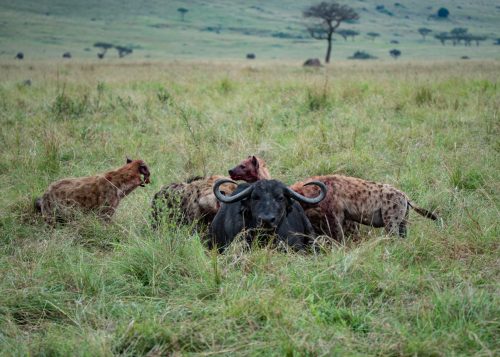

We came across the Egyptian pride several times this week. We have been lucky to witness this group of lions over the years and to see the complex family dynamic unfolding before our very eyes. When we spotted them, they were spread out just a few kilometres from the Tanzanian border. They even climbed up onto the signpost and used it as a vantage point — because of the flat plains of the Mara, anything that provides a better perspective is fair game.



As lions grow so does their responsibility. The Egyptian pride males that we saw were about one year old. Within the next year or two, they will begin to mature and live on their own, producing more hormones that allow them to mark their territories. The transition away from the pride is a difficult one and many struggle to adapt. We look forward to seeing how these young males adjust to life outside of their mothers' shadows.


Recent fires have cleared away the old grass and replaced it with new green shoots. This area is now bursting with life; we have seen many impala and Thomson's gazelle with young calves. Driving through this area, we noticed several vultures circling a kill. Curious about what they could see from their aerial perspective, we headed in that direction: it was a hyena with an impala in its jaws. Another difficult sighting as, just moments earlier, we had seen a one-day-old Thomson's gazelle enjoying its first moments on earth. We could see that the hyena was on edge and started running away.
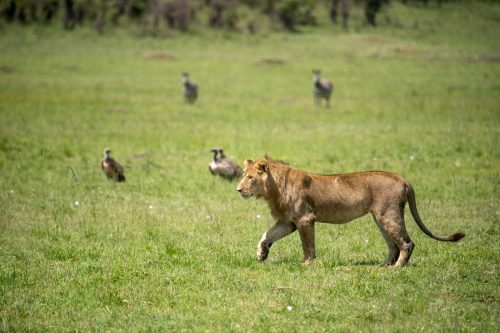
Suddenly, a young male of the Egyptian pride (which we had seen earlier that day) came out of nowhere. Only about 1-2 years old, he began sniffing and smelling the grass where the hyena and impala carcass had been. The young lion seemed agitated and was looking around at the collection of zebras, topi, and impalas who were now staring equally between the hyena and the lion. After several moments, the lion slowly retreated and the hyena disappeared into the distance with its prize. It was fascinating to watch how quickly this drama unfolded — and how quickly life went back to normal for the plains game.
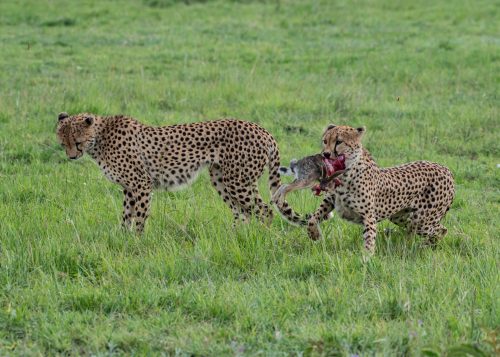
We end this week with the two cheetah brothers Ruka and Rafiki, spotted with a scrub hare kill. Of late, cheetahs have been plentiful with regular sightings are being reported. It is a hard existence for cheetah in the Mara, not only do they have to compete with other predators but without the numbers of the migration, prey is few and far between. We are happy to see these brothers working together and successfully hunting in the triangle — you can watch the video here. As there are only 7,000 of these creatures in the wild, every moment with them is a treasure. We look forward to seeing how the arrival of the migration will affect their behaviour in the coming weeks.
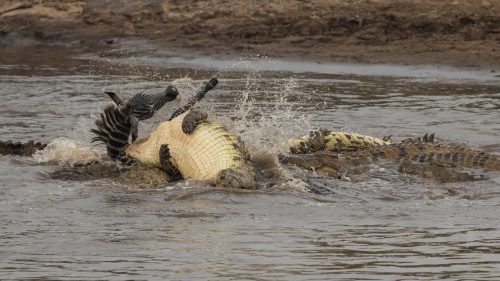
This time last year we were witness to some of the most dramatic zebra and topi river crossings in years.
Filed under: This Week at Angama
Subscribe for Weekly Stories
Comments (0):
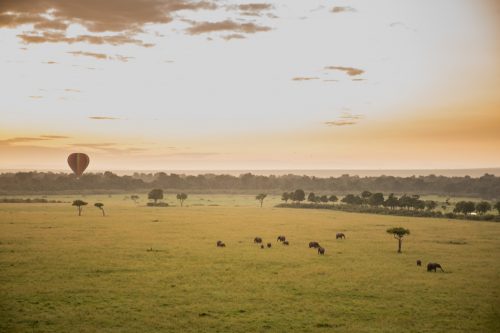
Hot-air Ballooning